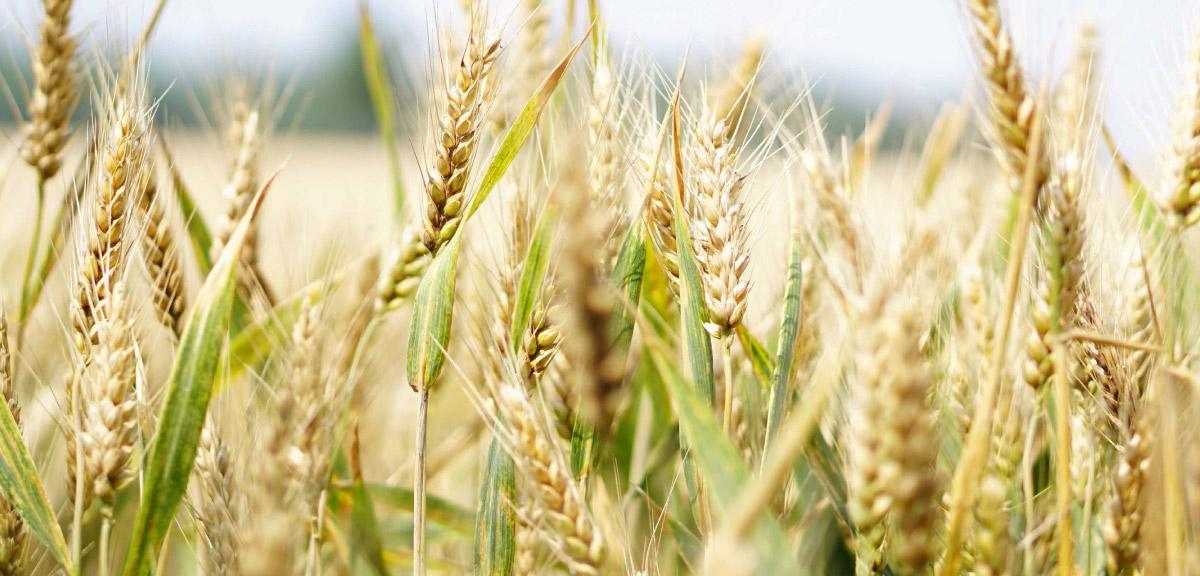March 4, 2020
Food choices are one way for people to tackle climate change. What kind of choices should we make according to research? The answer is quite simple: go vegetarian.
Climate change has quickly become one of the main concerns for our future, not just among climate researchers but among a growing proportion of the general public, too. As many politicians struggle to lead the way in reducing the carbon emissions to a sustainable level, it has become evident that individuals have an important role in this quest.
How does one efficiently reduce their carbon footprint? Among other important factors, such as transportation, consumer goods, and housing, food constitutes a significant portion of the carbon emissions in developed countries, estimated at 14% in the United States (Union of Concerned Scientists 2012) and 18% in Finland (Sitra 2019). Diet is certainly something most of us can modify to some extent, but how? Depending on whom you ask, the answer might be to eat more plants, to choose organic, to go for seasonal, or to prefer locally produced foods. Unfortunately, misinformation is also spread by interest groups and politicians supporting a certain cause. To have a more objective answer, let’s see what research has to say about it.
First of all, measuring the carbon footprint of a food is not simple. There is always variability in the food production chain, such as the crop yield and specific food processing techniques; therefore, the uncertainty related to the carbon footprint calculations needs to be assessed (Röös, Sundberg & Hansson 2010). It is, however, possible to estimate the contribution of different factors to the overall carbon footprint of a food product. One might think that in the era of consuming more and more imported food, transportation would be one of the main causes of the food-related carbon emissions. Surprisingly, transportation accounts for only an estimated 11% of the carbon emissions of a typical selection of food in the US and 6% of the emissions of the whole food sector (Wakeland, Cholette & Venkat 2012). It is in fact the food production and processing itself that contributes to about 82% of the carbon footprint of average food, both mean and plant-based foods considered.
Since it is well known that meat production, particularly beef, has a significantly higher footprint compared to plant foods (both per weight and per energy content), it becomes evident that reducing meat and increasing the vegetarian part of a diet is by far the single most effective way in reducing the carbon emissions related to diet (Carbon Footprint Factsheet 2020). For example, while it might seem that buying meat imported from far away, such as from New Zealand or Brazil to Europe or North America, would be climate-unfriendly because of the long distance of transportation, it does not really matter that much if you choose a locally produced organic meat instead. The inefficient transformation of plant energy into the meat and fat of grazing animals combined with the production of methane, one of the most potent greenhouse gases, is the factor that makes meat high in its carbon footprint.
Although going vegetarian is the way to go for climate-friendly eating, things are not that black and white. Because vegetables generally have a low energy content, it does matter how they are imported and processed. Therefore, frozen processed vegetable products, such as french fries, and certain quickly spoiling air-freighted fresh products, including avocadoes, figs and berries, tend to have a much higher carbon footprint compared to those that do not require freezing or transportation in an aeroplane. Similarly, different meat products cause very different emissions, beef from beef herds having by far the highest emissions, followed by lamb, beef from dairy herds, pig, poultry, and farmed fish. In fact, wild-catch fish has a slightly lower footprint compared to imported rice – otherwise, most of the plant foods have 10 to 50 times lower emissions than most animal-based products (Our World in Data 2020). There are also good reasons to buy locally produced food compared to imported regardless of the carbon footprint, including supporting the local producers and ensuring the ethical and sustainable production (in the limits of what’s possible).
Want to optimize your climate-friendly eating habits? In the order of decreasing importance: go vegetarian, avoid air-freighted and frozen plants, go seasonal, and go local. As a bonus, this will likely improve your health by increasing your intake of dietary fibre and phytochemicals. For the meat-eaters and omnivores: go for beef from dairy herds rather than beef herds, or even more preferably, choose chicken and fish.
REFERENCES
Carbon Footprint Factsheet. University of Michigan. Retrieved March 4, 2020, from http://css.umich.edu/factsheets/carbon-footprint-factsheet
Our World in Data. University of Oxford. Retrieved March 4, 2020, from https://ourworldindata.org/food-choice-vs-eating-local
Röös, E., Sundberg, C., & Hansson, P. A. (2010). Uncertainties in the carbon footprint of food products: a case study on table potatoes. The International Journal of Life Cycle Assessment, 15(5), 478-488.
Sitra. Carbon footprint of the average Finn (2019). Retrieved March 4, 2020, from https://www.sitra.fi/en/articles/carbon-footprint-average-finn/
Union of Concerned Scientists. Cooler Smarter: Geek Out on the Data! (2012). Retrieved March 4, 2020, from https://www.ucsusa.org/resources/cooler-smarter-geek-out-data
Wakeland, W., Cholette, S., & Venkat, K. (2012). Food transportation issues and reducing carbon footprint. In Green technologies in food production and processing (pp. 211-236). Springer, Boston, MA.
Ville Koistinen
Afekta Technologies
